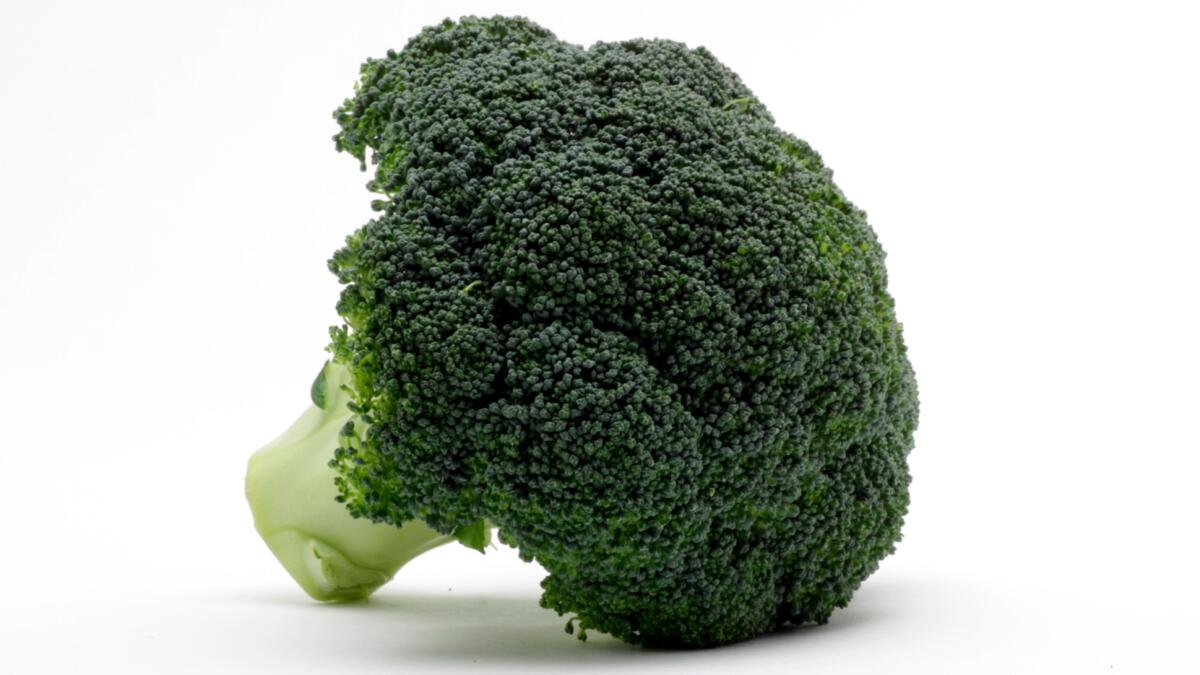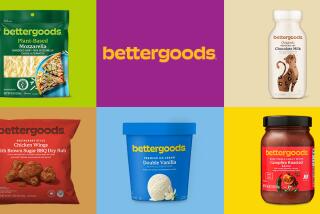If your kids don’t want broccoli, maybe they’ll want Disney broccoli

- Share via
It’s come to this, America: Disney-branded fruits and vegetables.
Dole Food Co. said Friday it is partnering with Walt Disney Co. to market fresh produce to children nationwide. Characters from Star Wars, Marvel and Pixar films will now help hawk blueberries, bananas and broccoli.
For the record:
5:12 a.m. Jan. 23, 2025An earlier version of this article said Disney is based in Anaheim. It is based in Burbank.
“Disney and Dole have a shared mission of providing high quality produce to help families lead healthier lives,” Josh Silverman, executive vice president of global licensing at Disney, said in a statement.
The companies did not disclose the terms of the deal, nor did they say whether Disney-branded produce will be priced higher than nonbranded fruits and vegetables when they hit grocery shelves next month.
Last year, Burbank-based Disney partnered with Sage Fruit Co. for a similar campaign to promote the movie “Star Wars: The Force Awakens.” Darth Vader helped market bags of apples; Yoda hawked green grapes.
Using well-known characters to sell nutrition is nothing new. Popeye famously persuaded children to eat spinach, and generations have grown up chewing Flintstones vitamins. In the 1990s, hundreds of dairy-mustached celebrities helped revive milk’s popularity with the “Got Milk?” advertising campaign.
“It’s not difficult to slap a character on a food and get kids to love it,” said Rob Frankel, a Los Angeles-based branding expert. “But these days, anybody who tries to sell anything to kids also has to appeal to the parents. This is a way for Disney to prove to Mom and Dad: ‘See? We care about the health of your kids.’”
That’s different from the way items were marketed in the 1970s and ‘80s, Frankel said. Back then, advertisers were focused squarely on appealing to children. General Mills, for example, marketed its popular line of sugar-laden cereals with characters such as Franken Berry and Count Chocula, while Pillsbury used cartoon figures Goofy Grape, Lefty Lemonade and Freckle-Faced Strawberry to promote its line of Funny Face powdered drinks.
“It was all about the nag factor,” Frankel said. “If companies sold the kids on it, eventually they’d whine and beg enough that Mom and Dad would buy it.”
But that began to change in the 1990s, he said, as baby boomers took a more hands-on approach to parenting. “All these helicopter parents needed to be told, ‘Mom and Dad, here’s the best thing for your kid,’” Frankel said.
As a result, companies shifted their marketing tactics to appeal to parents. They began adding phrases such as “all natural” and “no sugar” to their labels, and emphasized health-related benefits. Disney’s partnership with Dole — based in Westlake Village — is a step even further in that direction, Frankel said.
“Now they can get you from both sides,” Frankel said. “The kid is happy because it’s got a Disney princess on it, and Mom feels good because she’s buying a vegetable.”
Bhattarai writes for the Washington Post.
ALSO
Snapchat and Facebook have a new rival in their sights: television
T-Mobile to pay $48 million for misleading customers about ‘unlimited’ data plans
Airlines must refund bag fee if your luggage is delayed, Obama administration says
More to Read
Inside the business of entertainment
The Wide Shot brings you news, analysis and insights on everything from streaming wars to production — and what it all means for the future.
You may occasionally receive promotional content from the Los Angeles Times.










